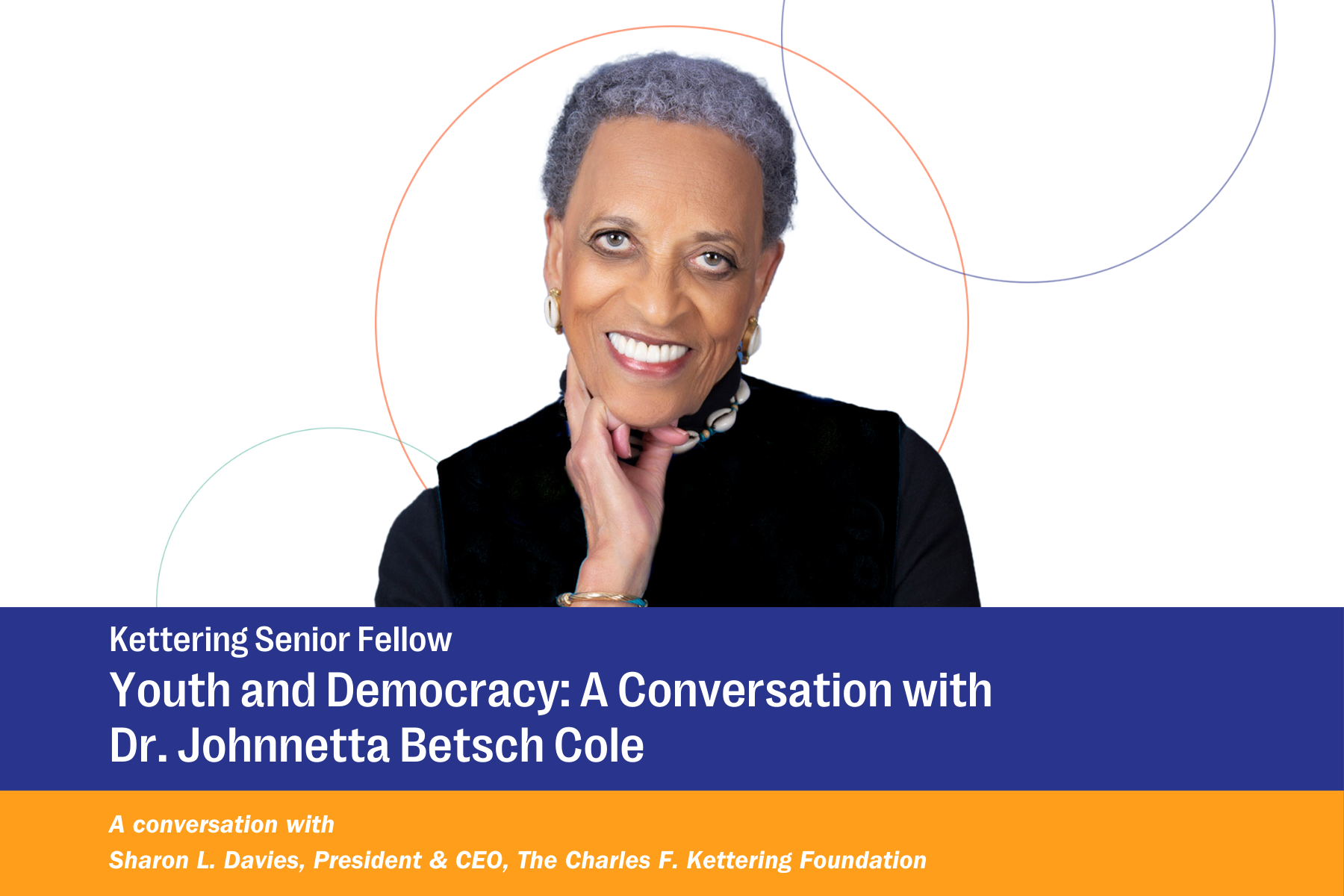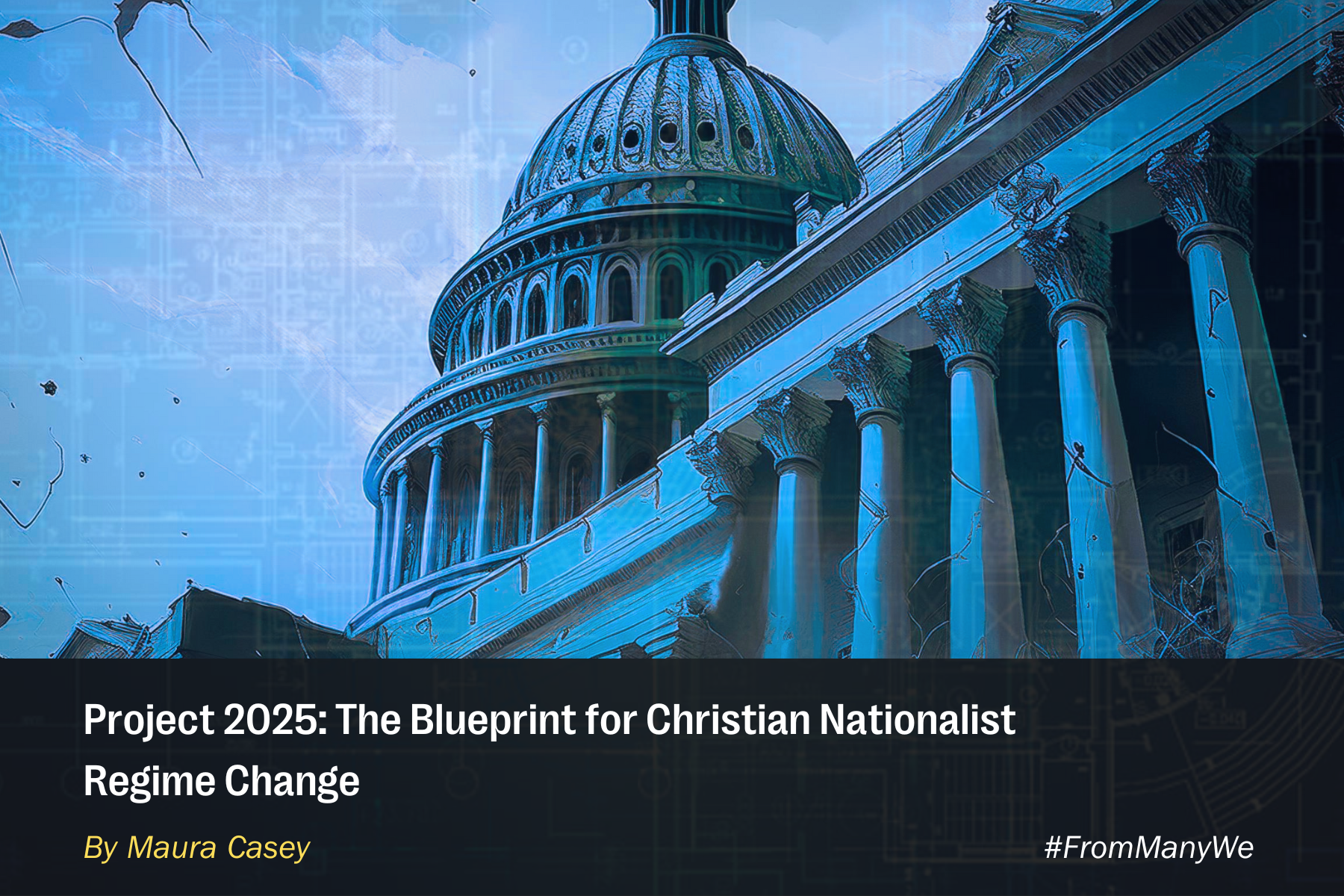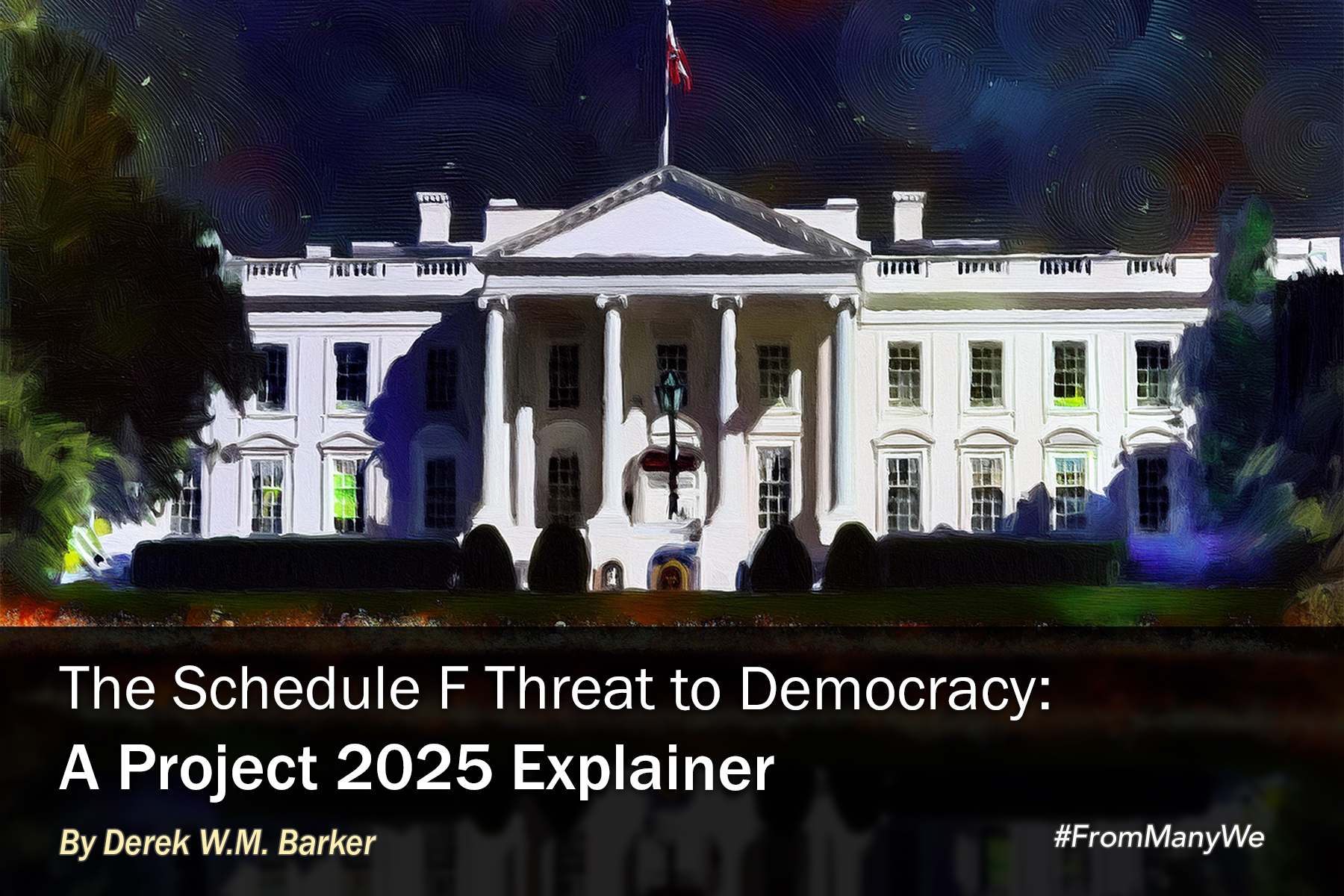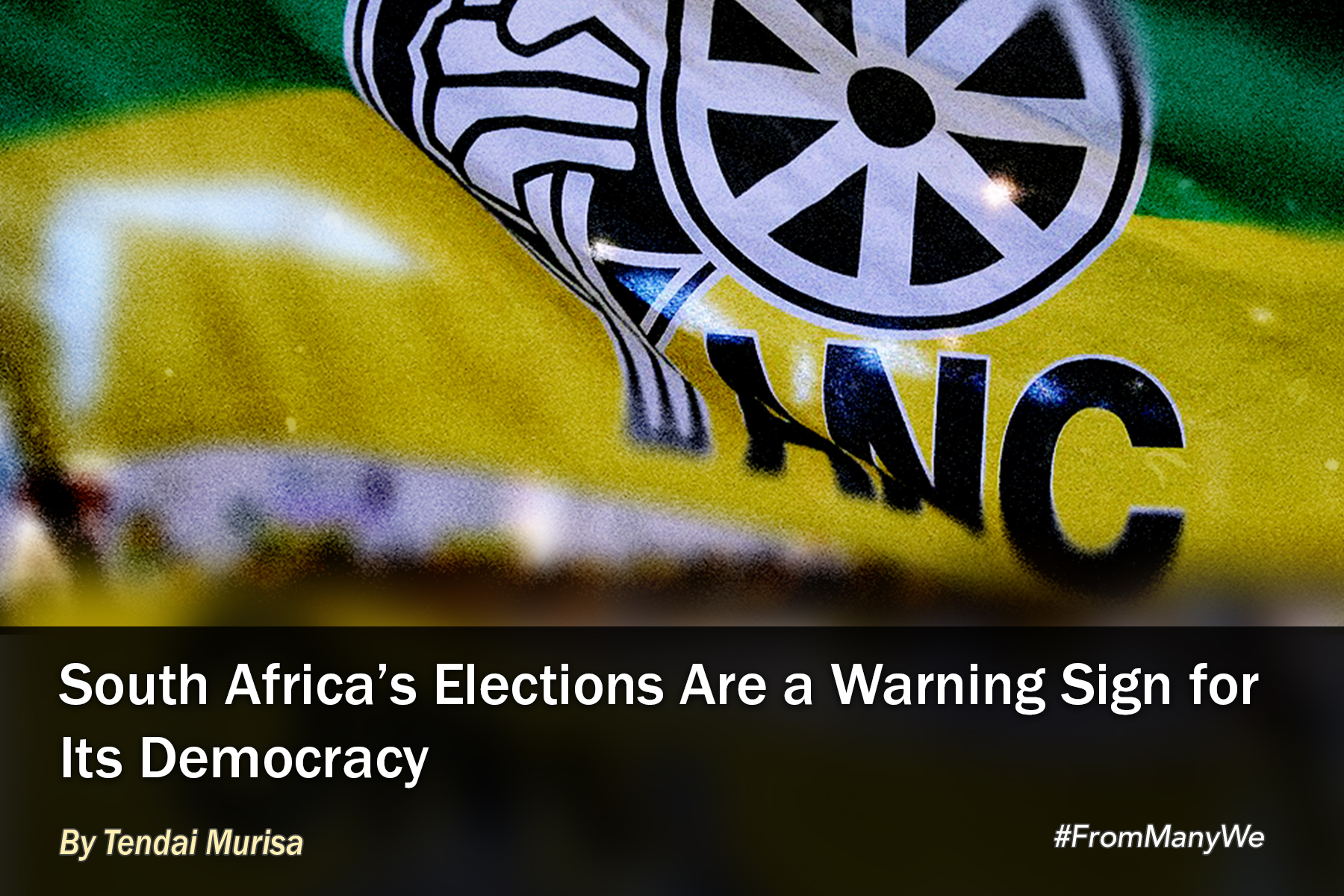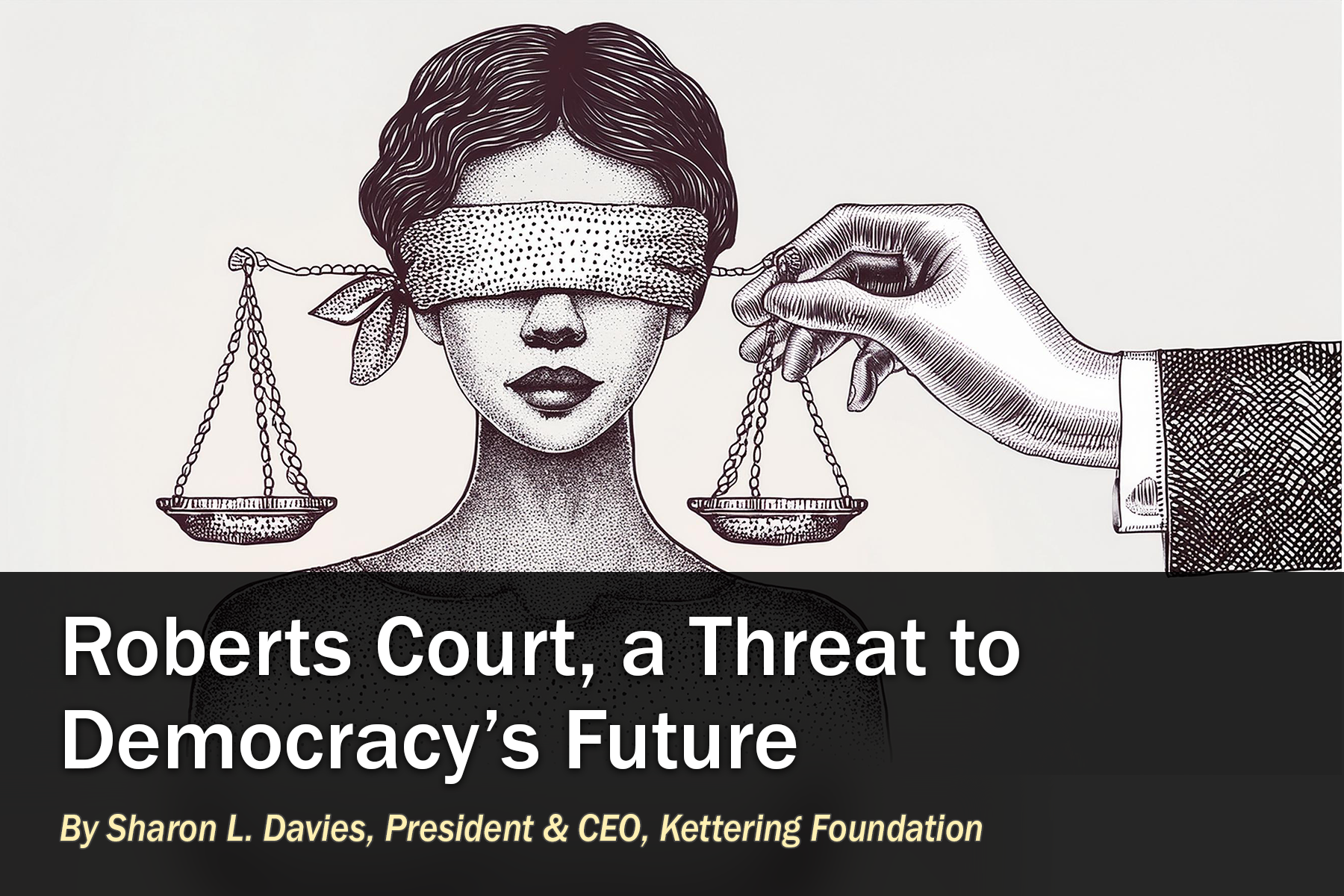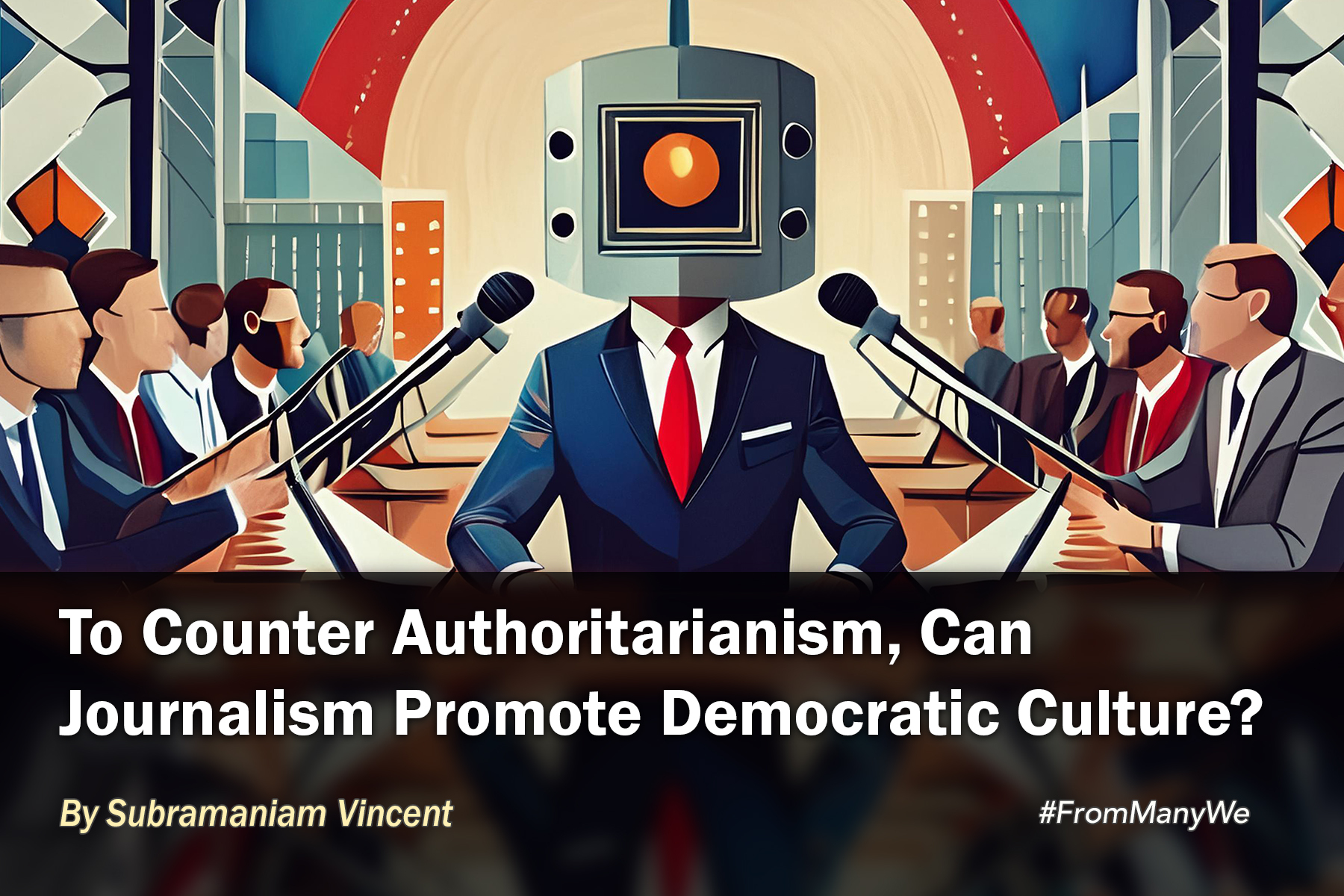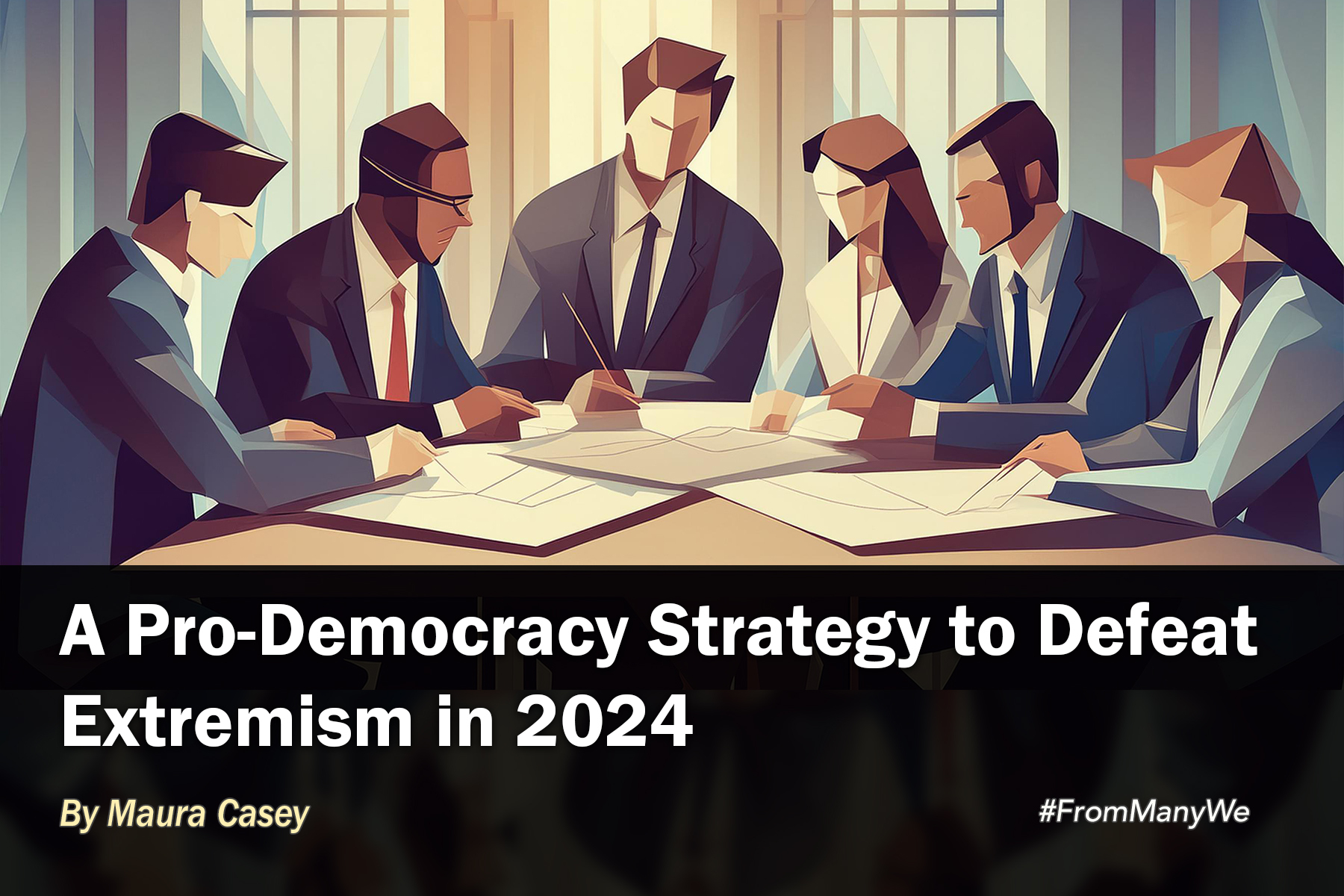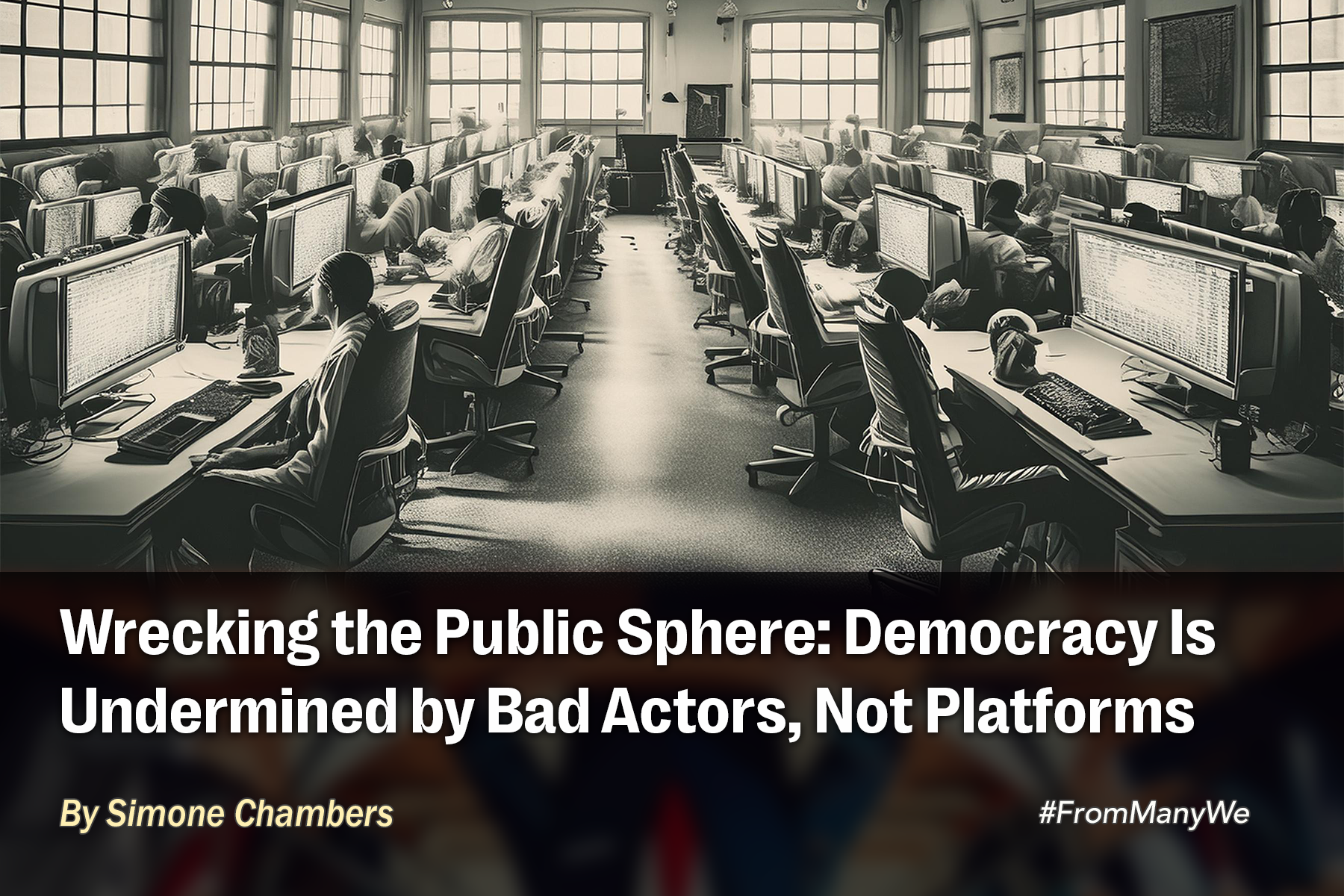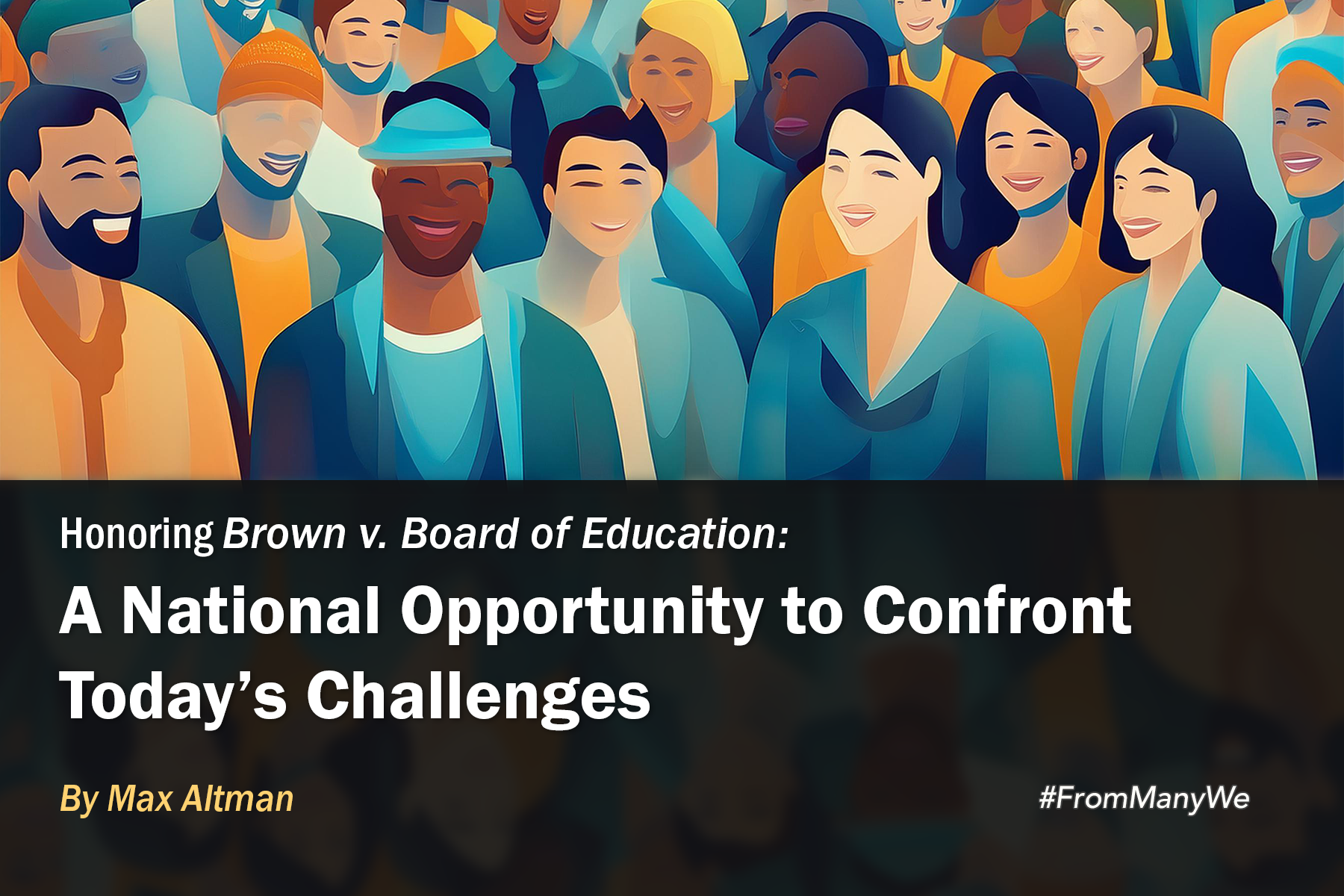Boosting Youth Voter Turnout: Strategies for the 2024 Election
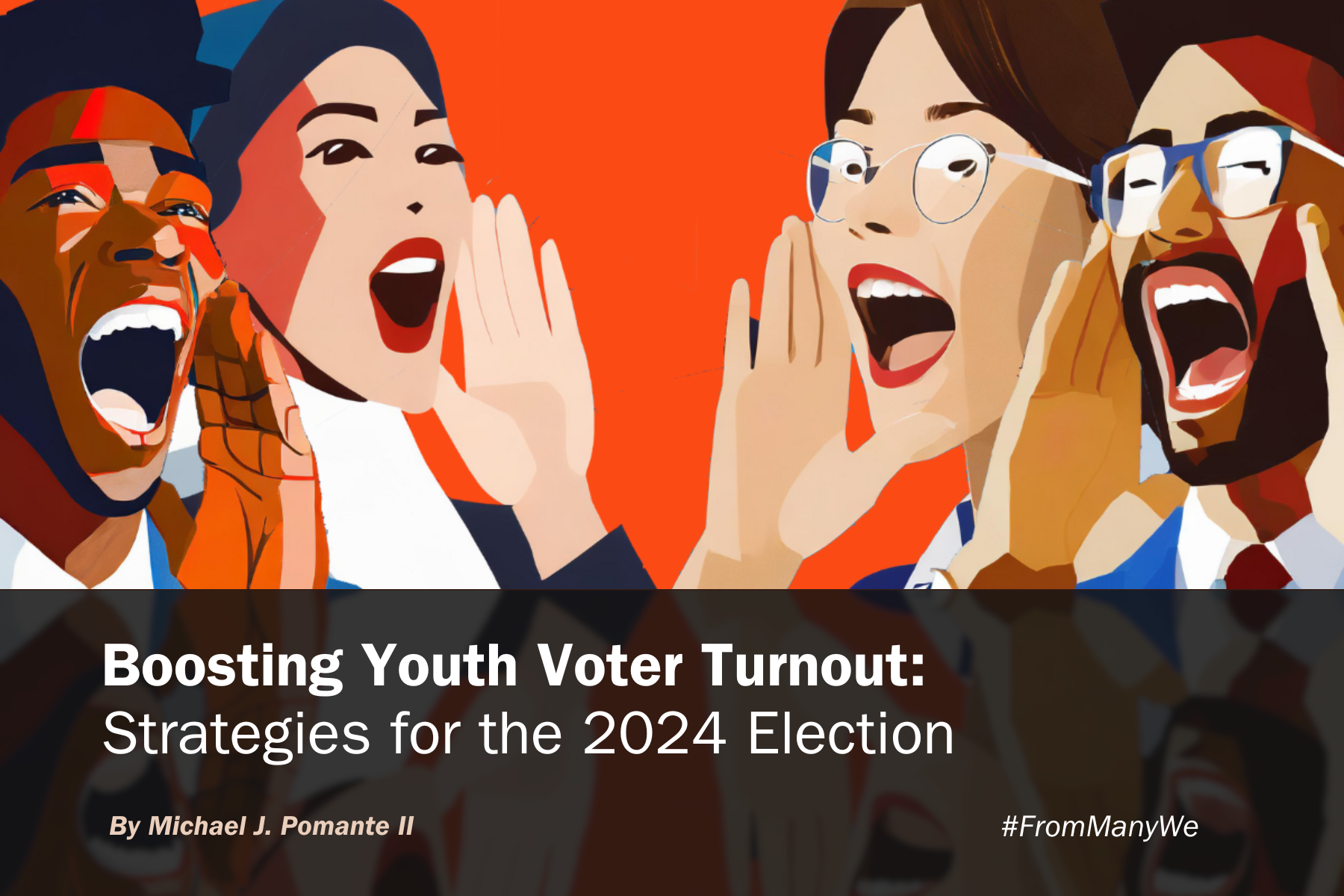
By Michael J. Pomante II
Youth voter turnout has long been a challenge in US elections, with young Americans often showing up at the polls in much lower numbers than older demographics. However, certain factors can significantly boost youth engagement and turnout. Younger candidates who actively engage with youth using innovative methods are particularly successful at mobilizing young voters. Given the current presidential tickets and their campaign strategies, there is a generational opportunity to set a new record for youth voter turnout.
Social Identity and Relatability
Social identity theory suggests that individuals are more likely to support candidates who share similar characteristics or experiences. This principle applies to both the increasingly diverse youth electorate and all citizens in general. Candidates who can connect with voters on a personal or demographic level tend to have a significant advantage. Young voters are more likely to be mobilized by candidates they identify with, whether through shared backgrounds and experiences or advocacy on issues important to them. The growing diversity among young voters means that candidates who can reflect this diversity are more likely to gain their support. However, it is equally important for candidates to address the concerns of all voters. By focusing on the issues disproportionately affecting younger voters, candidates can strengthen their appeal and connect with a broader electorate.
The Importance of Candidate Age
Candidate age has a significant impact on youth voter turnout. Younger candidates are perceived as more relatable to young voters and tend to inspire higher turnout within this demographic. This trend was first noticed in 1992 and again in 2008, when younger candidates Bill Clinton and Barack Obama actively mobilized young voters. Excluding the 1972 presidential election, which was the first election that 18-to-20-year-olds could vote in, the 1992 presidential election set the record for youth voter turnout at the time. The 2008 presidential election then surpassed that election and currently holds the record for youth voter turnout. These record turnouts were driven by younger candidates who connected with young voters through innovative methods and platforms that resonated with them.
The significant age difference between Kamala Harris and Donald Trump is a pivotal factor in the 2024 presidential election, particularly in terms of youth voter turnout. At 59, Harris is seen as a younger candidate, especially when compared to Biden (81 years old) and Trump (79 years old). Aware that Trump needed to balance out his age, Trump chose the 40-year-old JD Vance as his running mate. If elected, Vance would be the third youngest vice president in US history and the first millennial to serve in the White House. This choice reflects an understanding of the importance of youth engagement and highlights the Trump campaign’s effort to appeal to younger voters by bringing a youthful presence to his ticket.
Precedents for Innovative Engagement
One of the critical factors in mobilizing youth is the use of innovative methods that directly engage and appeal to them. Youth can be targeted through platforms and strategies that resonate with them. For example, in 1992, Bill Clinton connected with young voters through his appearance on MTV, where he was famously asked, “Boxers or Briefs?” In 2008, Barack Obama’s extensive use of technologies, particularly Facebook and text messaging, was pivotal in engaging young voters.
Strategies for 2024 and Beyond
Candidates today can draw from these lessons by leveraging current popular platforms, like TikTok, Instagram, and Snapchat, to connect with the youth demographic. Posting short, engaging videos that can be quickly viewed is an effective way to address critical issues, highlight policies, and showcase the candidates’ personalities, all of which can create a closer connection with the young voters. Using such platforms can make campaigns more accessible and relatable and can increase the likelihood of youth engagement. The Harris and Trumpcampaigns have recently created TikTok accounts in an effort to reach young voters.
The 2024 presidential candidates, the democracy reform community, educators, and others seeking to engage younger voters should continue to leverage modern platforms that allow for direct communication and the sharing of content that resonates with young voters. Additionally, candidates should address the specific concerns of young people, such as climate change, economic inequality, student debt, gun control, and reproductive freedom. By doing so, candidates can demonstrate their commitment to solving the problems that matter to young voters. Candidates should also foster connections to youth voters by presenting themselves as accessible and relatable. Embracing innovative campaigning methods that go beyond traditional approaches is crucial. Candidate relatability can be achieved through authentic communication, transparency, and efforts that engage young voters on a personal level, including the most current technology, media, and vocabulary that capture youth interest to create interactive and immersive campaign experiences that connect with young voters.
A Turning Point for Youth Turnout?
With the right strategies, the 2024 presidential election could mark a turning point in youth political engagement and has the potential to create record-breaking youth voter turnout. By drawing from the insights of previous elections and academic studies, candidates who actively engage with youth through modern platforms and present themselves as relatable can significantly increase youth participation in the democratic process. As we move closer to the election, these factors will be crucial in shaping the engagement and turnout of young voters. Candidates who demonstrate the power of relatability and use innovative engagement methods may be the ones who inspire young Americans to vote.
Michael J. Pomante II is an election scientist and author focusing on voter turnout and state election laws. He recently copublished The Cost of Voting in the American States.
From Many, We is a Charles F. Kettering Foundation blog series that highlights the insights of thought leaders dedicated to the idea of inclusive democracy. Queries may be directed to fmw@kettering.org.
